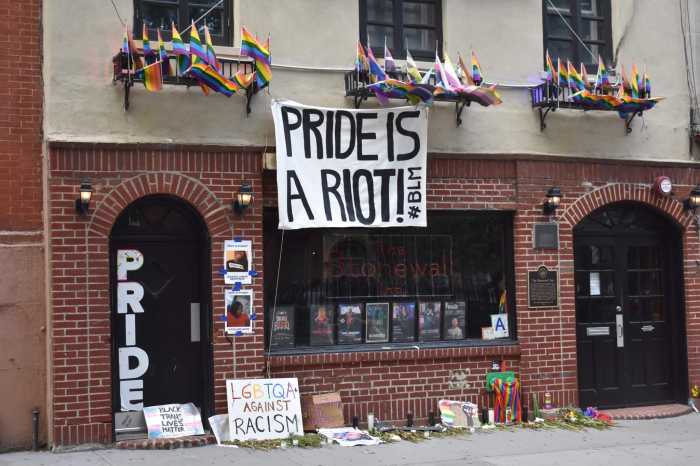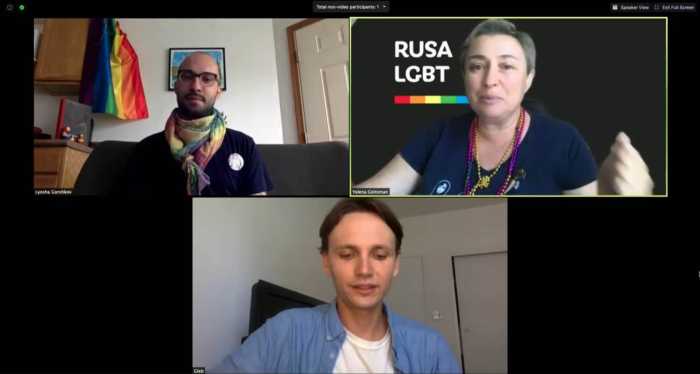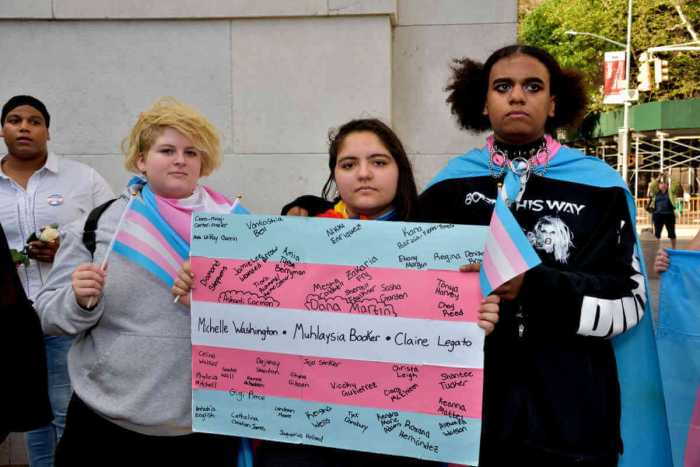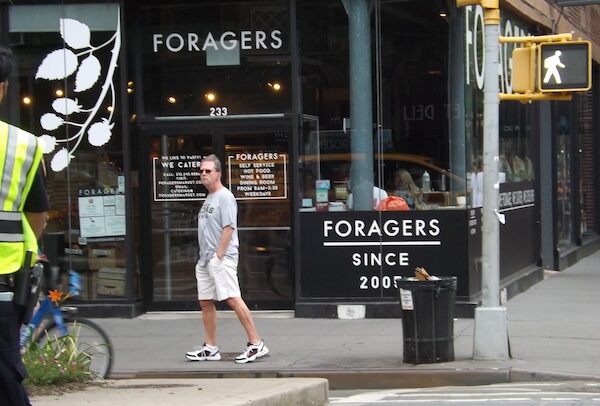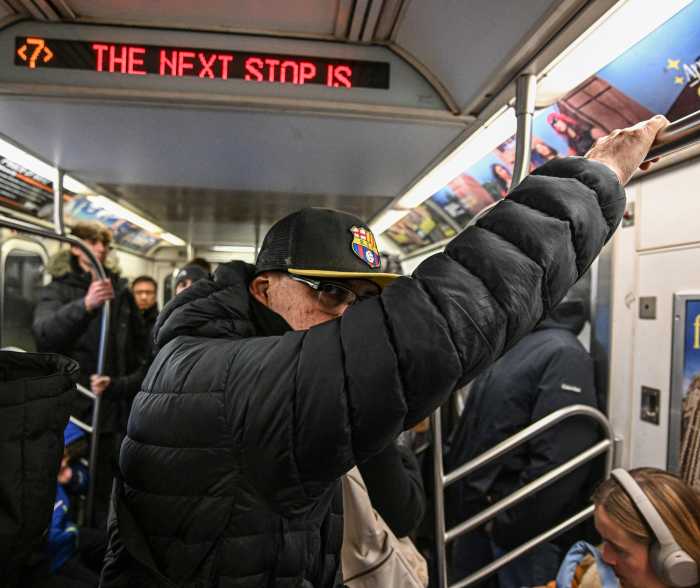Racial and gender diversity among LGBTQ characters in Hollywood productions regressed significantly last year and queer representation overall remained stagnant, according to GLAAD’s breakdown of 118 films from major studios last year.
Compared to some bright spots in TV shows and documentaries —ranging from “Pose” on FX to “Disclosure” on Netflix, as well as “The Politician” — annual numbers continue to show that movies led by major studios are a completely different story.
While the percentage of LGBTQ-inclusive films marginally increased from 18.2 percent to 18.6 percent, that statistic was not an indication of queer representation across all demographics. Gay male characters were seen in 58 percent of inclusive films, a 13 percent uptick from the year before, while lesbian representation dipped from 55 percent to 36 percent and bisexual folks saw a one percent drop to 14 percent in representation. For the third straight year, there were no transgender characters in films led by major studios, which included Lionsgate, Paramount Pictures, Sony Pictures, STX Films, United Artists Releasing, Universal Pictures, the Walt Disney Studios, and Warner Bros.
There were some transgender and non-binary actors in films, such as Trace Lysette in “Hustlers,” Indya Moore in “Queen & Slim,” and Asia Kate Dillon in “John Wick 3,” but those movies did not identify their characters as trans or non-binary.
Racial diversity among queer characters continued to plummet, with the percentage of LGBTQ characters of color dropping from 57 percent in 2017 to 42 percent in 2018 and just 34 percent in 2019. Even those who are counted within those numbers received very little screen time: Just four of the 17 LGBTQ characters of color counted this year received more than three minutes of screen time, and just one — Pepe in “Perfect Strangers” — got at least 10 minutes in.
Overall, 66 percent of LGBTQ characters in films counted in 2019 were white, 22 percent were Black, eight percent were Latinx, and four percent were Asian/ Pacific Islander.
“The entertainment industry is currently facing a moment of great change as new content platforms are launching, the model of business is being redefined under the global pandemic, and companies are facing a deserved reckoning of their part in the structural and systemic racism of the industry, most particularly towards Black creatives and audiences,” Kate Ellis, president and CEO of GLAAD, said in a written statement. “We stand alongside our partners in the Black Lives Matter movement and other underrepresented populations to demand that tomorrow’s stories include all of us.”
Queer characters that did get screentime last year were barely noticed. GLAAD found that only nine of the 22 LGBTQ-inclusive films across eight studios had queer characters that received 10 minutes of screen time, and the majority — 56 percent — were on screen for less than three minutes. The report notes that LGBTQ characters in films such as “Rocketman” and “Booksmart” featured gay and lesbian leads, but movies like “Toy Story 4” had queer characters in only one scene.
GLAAD’s newest report, which marked the first time that disabled LGBTQ people were counted, found only one film that featured a queer person with a disability — Poe in the Lionsgate film “Five Feet Apart.
“GLAAD challenges Hollywood to prioritize authentic and meaningful LGBTQ characters and stories highlighting the full community, and including LGBTQ characters living at the intersection of multiple identities,” the report stated. “More LGBTQ people of color, characters with disabilities, transgender and non-binary characters, those of different religions and faiths, body types, more queer women, characters who are asexual, and others will only fuel Hollywood’s future success.”
Those who enjoy watching drama and comedy films may have noticed a bit more diversity. There were seven films each within those genres that were LGBTQ-inclusive, followed by the categories of action, sci-fi, fantasy, and horror, which tallied a total of six LGBTQ-inclusive films, and two animated and family films that were inclusive. Paramount boasted the greatest percentage of LGBTQ-inclusive films, at 33 percent, or three films, and Lionsgate had the most films in total, with five. Four of Disney’s 19 films were labeled as LGBTQ-inclusive.
To sign up for the Gay City News email newsletter, visit gaycitynews.com/newsletter.


